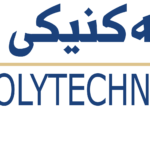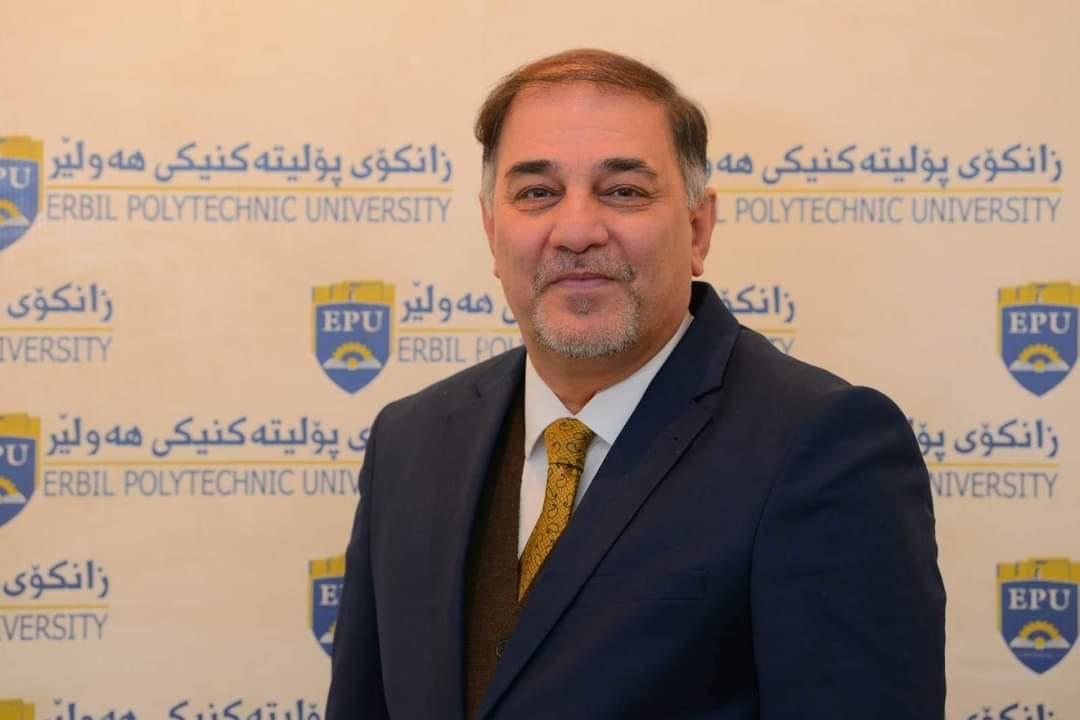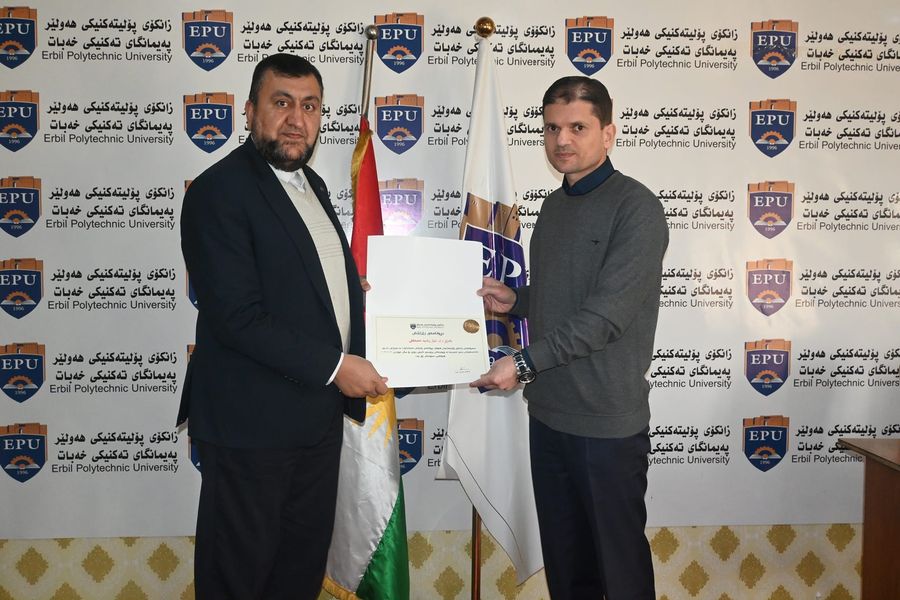Dear teachers, employees and students
Hello and welcome
I took office as the dean of the institute on July 1, 2018. During the five years and eight months we have worked, we have not hesitated to work and serve the institute in terms of science, education and services, despite many problems and obstacles We have always tried to keep the name of our institute shining and be important to the university. Our work, loyalty and love for the institute in general has made us do many things that have been difficult to implement . . . .
I would like to thank the Kurdistan Regional Government, especially the ninth cabinet, for their support.
I would also like to thank Prof. Kawa Shirwani, former President of Polytechnic University.
Also, thank you very much to the Rector of our university
(Prof. Idris Tahir Harki) who has been the support of our institute during his tenure.
I have been very pleased to work together with the members of the university council in the past. We increased our income and carried out many projects, the latest of which was the construction of halls and preparing internal departments for students and many other things.
I would like to thank the Vice Dean, Head of Department, Departmental Decision Makers and Heads of Administrative Units who worked with me during those years.
I would also like to thank the administrators and gardeners of the institute for always cleaning and organizing the institute with the utmost patience.
Thank you to the staff of the institute who have done their work systematically.
I would like to thank the teachers unit of the institute for always taking care of their lessons and subjects during work.
Thank you to the students who have taken care of our institute and always helped in their commitment to work and keep the institute clean.
Everything has a beginning and an end,
I hope that the worthy and worthy to become the dean of the next four years of the institute, we as our expertise will not hesitate to offer opinions and suggestions for the success of this sacred task entrusted to him.
Finally, I wish you all success in
Forgive our shortcomings.
M. Soran Zanoon Yasin
Dean of PT Khabat.




